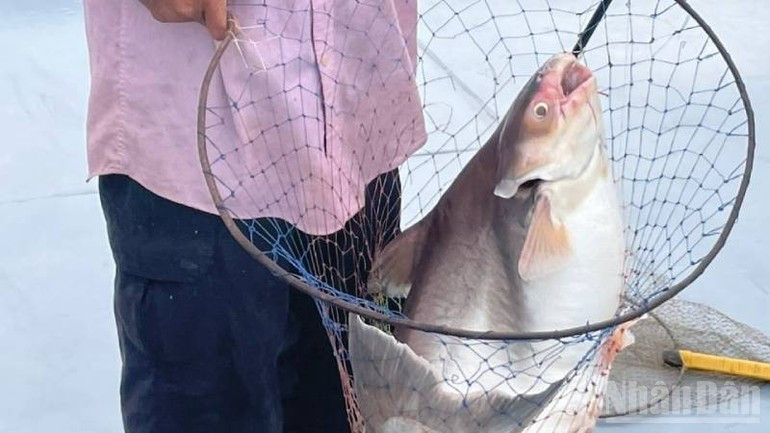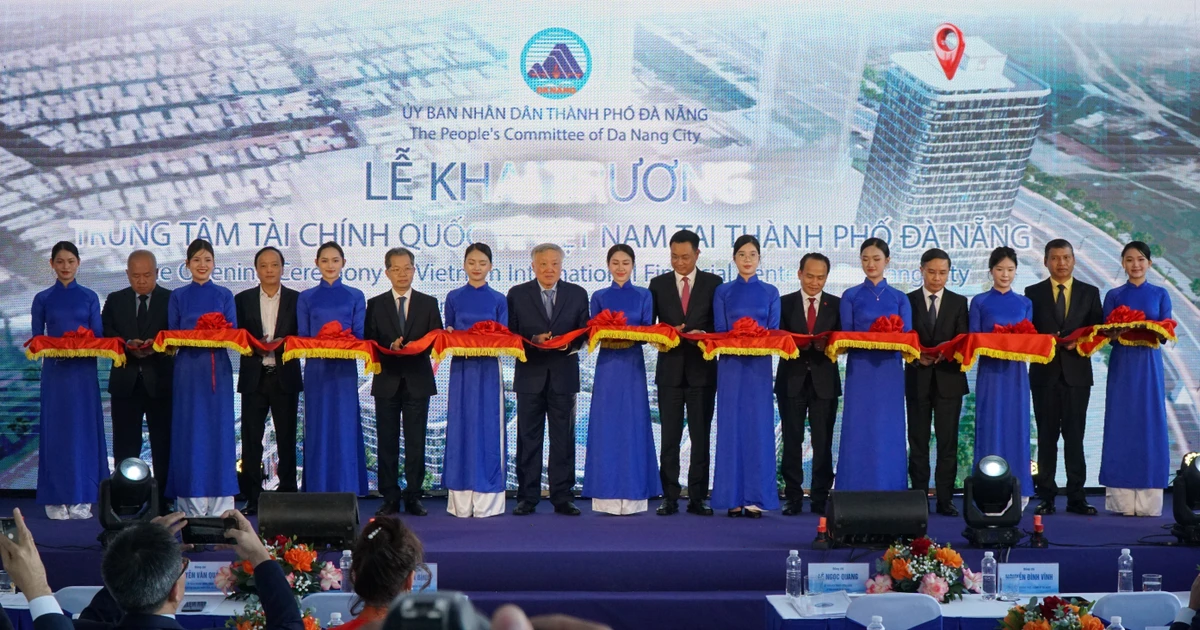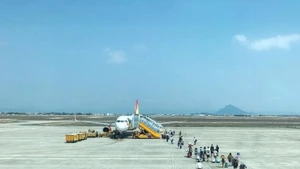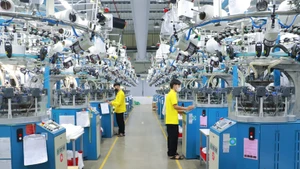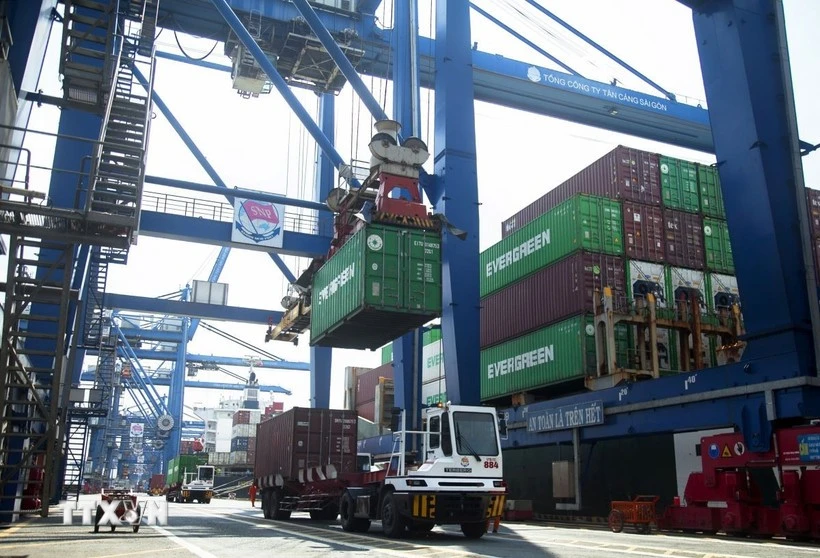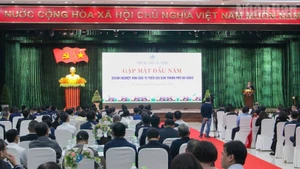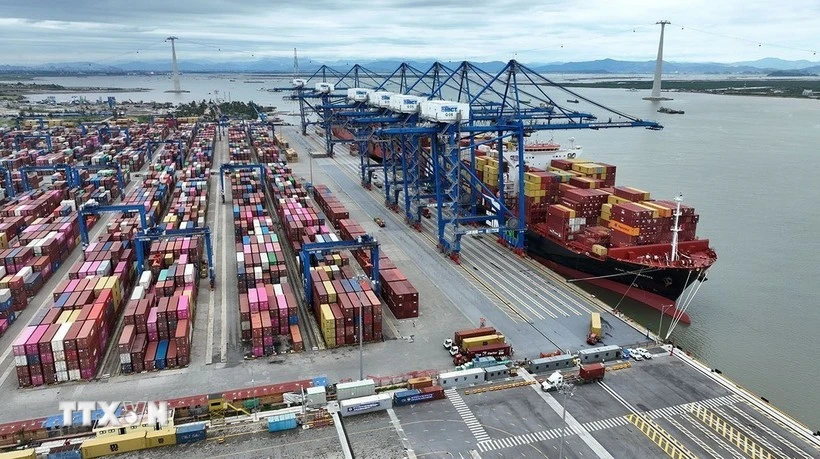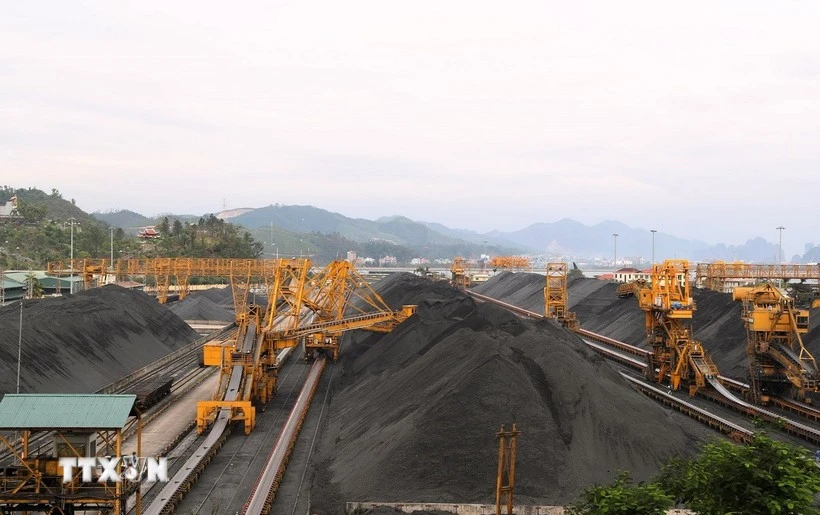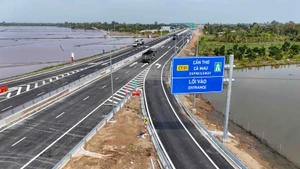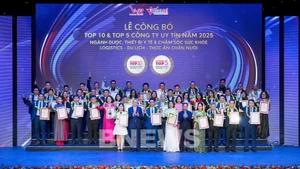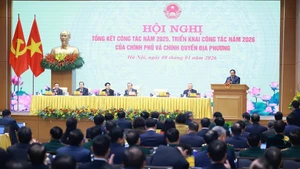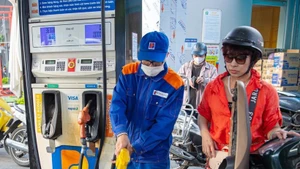Basa fish belong to the catfish family but are shorter in length. Both male and female have large sagging bellies resembling pregnancy, so fishermen gave them the rustic name “belly fish.” They were called basa because the belly contains a fatty layer resembling pig lard with three lobes, hence the name “basa.”
The first freshwater fish monument in the delta
Basa fish remain a fond memory of the aquaculture sector in An Giang Province, particularly in the Chau Doc area, where the belly fish farming trade first began before spreading to other regions. Tourists visiting and making pilgrimages to Chau Doc, when passing Chau Doc Park by the river conjunction, will see the imposing fish monument.
That is the basa fish monument – the first freshwater fish in the Mekong Delta to be built into a statue by the An Giang Provincial People’s Committee in 2004, at a cost of more than 1.8 billion VND. It reflects respect for the catfish that opened the way for exports as well as the catfish farming trade, which contributed to the province’s socio-economic development.
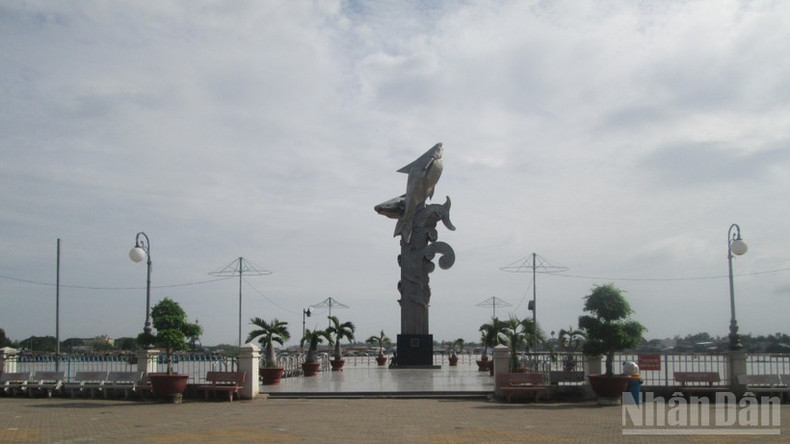
The basa fish monument stands about 14 metres tall. At the top is a large basa fish, its body arched, tail thrusting, and head pointing high as if leaping out of the water. Below are nine tra fish winding around in formation, symbolising the nine tributaries of the Mekong River, or Cuu Long.
Nguyen Huu Nghia, who raises fish in cages at the Chau Doc River conjunction, recalled: “In 1980, cage owners looked forward to the flood season, as the rising waters carried small basa fish swimming down from the upper Mekong to the Mekong Delta.
From August to October was fishing season. To catch this source of fry, cage owners hired skilled fishermen to hook the fish and paid them generously. Thus, even at night on the river, fishermen would hang oil lamps brightly lit to fish for fry.
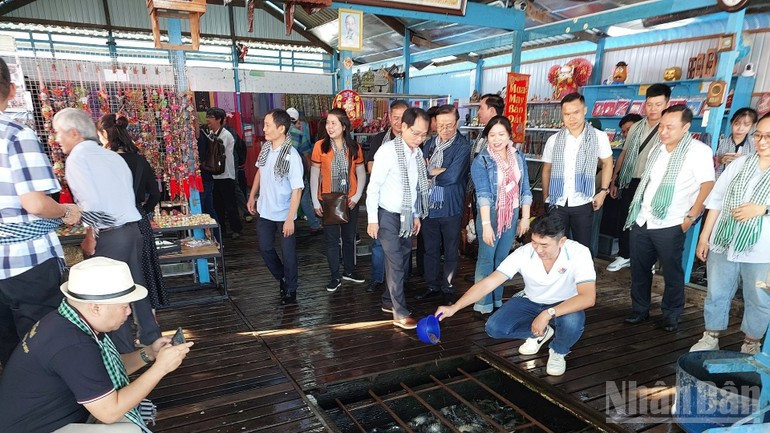
The fry was placed into round bamboo baskets, allowing them to swim freely like in their natural habitat. The cage owners then brought the bamboo baskets back and released the fry into their floating cages.
According to An Giang chronicles, around 1974 there were 7,250 cages concentrated in Chau Doc, where water quality and strong currents made conditions more favourable than elsewhere. The main species farmed was basa, with cage output reaching around 42,000 tonnes in 1974.
The “golden” fish
The cage fish farming industry experienced ups and downs due to a shortage of fry. Before 1990, basa fry were sourced from nature by fishing. From 1991, the artificial breeding programme for basa began and by 1999 it succeeded, but produced only more than 2 million basa fry. Therefore, the supply of seed fish still depended on nature during the flood season.
The export of basa fish began in the 1980s, with filleted and frozen fish shipped to Australia and Hong Kong (China), later expanding to France, the US, Europe, and Singapore. Each year, more than 2,500 tonnes of filleted basa were exported to these markets. Basa fat was also consumed at over 1,500 tonnes per year; unlike other fish fat, it was not fishy but aromatic, similar to pork fat.
In 1993, An Giang had 7,000 workers engaged in the basa fish farming and processing sector, with around 700 tonnes of fry stocked and 13,000 tonnes of commercial fish raised, accounting for 72% of total caged fish farming in the Mekong Delta. Many basa farmers became wealthy and regarded it as the “golden fish.”
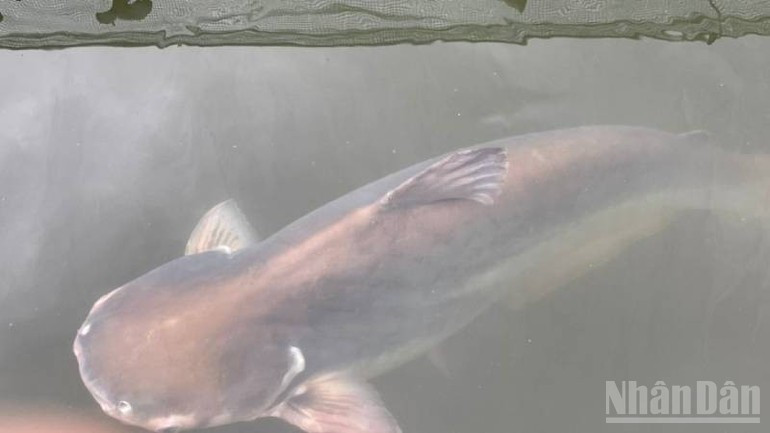
Basa exports brought foreign currency to the province. The domestic market also consumed strongly, so during the stocking season, cage owners were busy and bustling; the river conjunction was always crowded with weighing and selling of fry. The cage owners lived side by side with the fish, eagerly discussing fish farming and prices.
However, after 2000, basa fish were gradually replaced by tra fish – also catfish – because basa required cages in flowing water and took a full year to reach market size.
Meanwhile, tra fish could be raised in ponds, cages, or pits, grew quickly, and were ready for harvest after just six months. Fry for tra fish were easier to source.
Basa no longer held export dominance but remained one of the economic species farmed in cages, consumed mainly in domestic markets. Huynh Tan Hai, a long-time cage farmer in My Hoa Hung Commune on the Hau River, noted that at the Chau Doc conjunction, the floating village of My Hoa Hung still raised basa, though no longer as the main species.
Hai explained: “Cage owners raise mixed species – silver carp, red tilapia, basa, and hu fish. The scaled fish live near the surface, while catfish like basa live at the bottom, so feed thrown in is eaten at both levels, avoiding waste.”
According to him, depending on circumstances, some years cage owners still farm basa as the main species. Small basa under 0.5 kg each are sold in markets within An Giang province, medium fish under one kg each are sold to Can Tho city, and larger fish more than one kg are sold in markets in Ho Chi Minh City.
Basa stewed with light seasoning eaten with green mango, or cooked in sour soup, is quite delicious. At budget rice eateries in Long Xuyen Ward, basa remains a favourite dish for many students and workers. Thus, basa continues its journey along the rivers, continuing to provide many people with a stable income.
